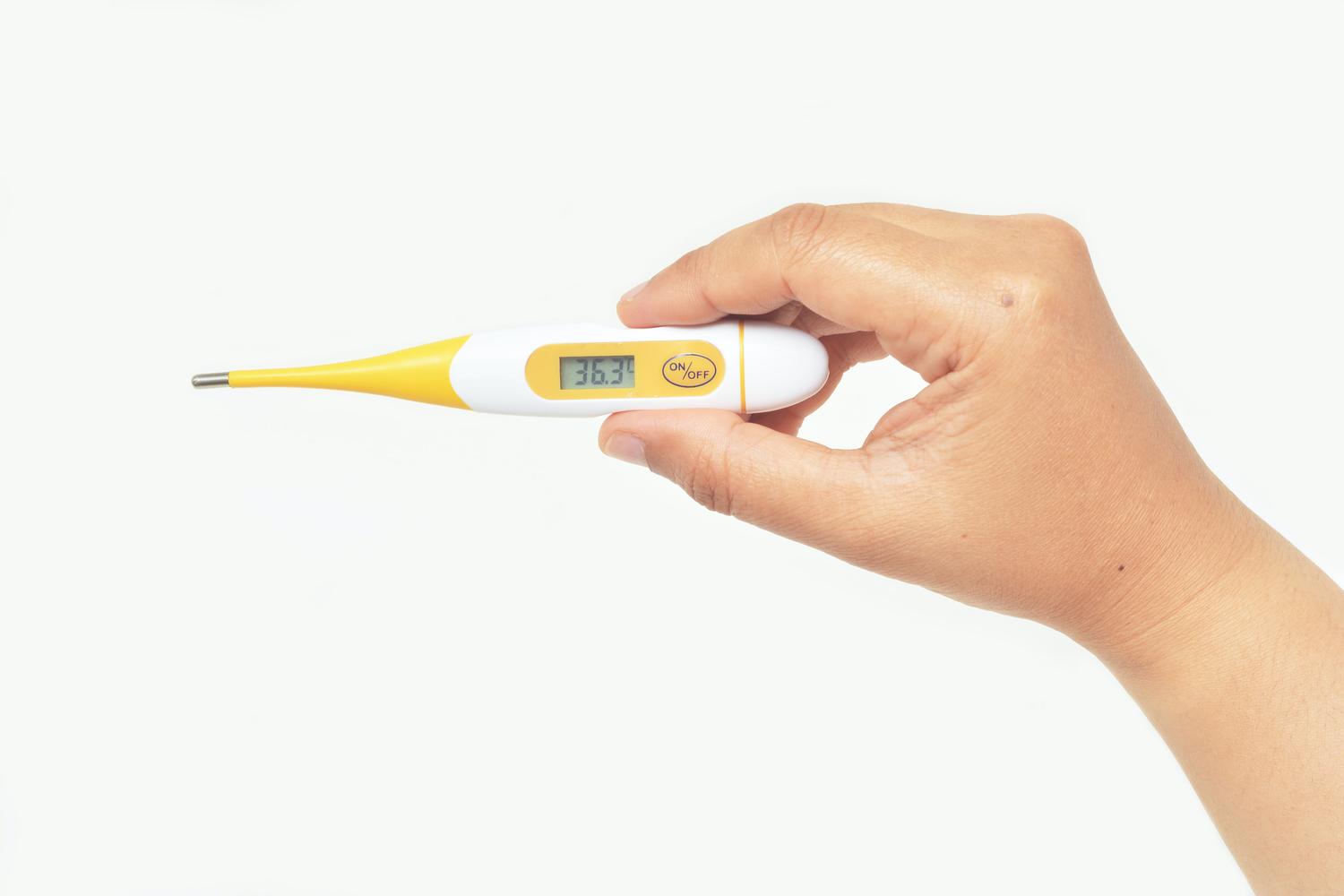A cold, the flu or COVID?
A case of the sniffles was once viewed as a mere byproduct of the winter months. Now, rightfully so, we’re immediately questioning: what is this? Is it COVID? Is it the flu? Is it just a cold? Symptom checkers are helpful but aren’t the be-all, end-all. The best thing you can do if you or a loved one are feeling flu-like symptoms is to talk to your doctor and get tested for COVID-19.
So, what are the key differences?
COVID vs. a Cold
COVID-19 and the common cold are both caused by viruses. COVID is caused by SARS-CoV-2, whereas rhinoviruses are typically what bring about a cold. Many of the symptoms can overlap - but where you’ll see the biggest differences are in GI symptoms. COVID sometimes sees GI symptoms like diarrhea and nausea, where colds do not.
Muscle aches and fever can also be a sign you may be experiencing COVID instead of a cold. Here’s a look at how symptoms can vary across COVID and colds:

Source: Mayo Clinic
COVID vs. the Flu
If you’re wondering whether you might be dealing with the flu or COVID, again, your best course of action is to get a COVID test.
More so than the common cold, flu and COVID share symptoms - and it can be difficult to determine on your own what you may be sick with. Talk to your doctor if you think you may have either, and be sure to follow CDC guidelines if you have been exposed to COVID.
The symptom list below can help - COVID typically sees a dry cough (vs. a wetter one with flu). COVID’s hallmark symptom of loss of taste or smell is important to watch for as well, as it’s not common in flu cases.

Source: Mayo Clinic
If you’re concerned about your symptoms or are looking for more information, Sesame offers same-day, affordable online COVID-19 visits on Sesame. You'll be able to talk with a medical expert who can assess your symptoms, offer medical advice, and prescribe medication when appropriate - all from the comfort of home.
Related posts

The common cold and COVID-19 can cause similar symptoms - here's how to tell to the two conditions apart and get proper treatment.

It can be hard to tell if you are managing the flu or COVID-19. An understanding of these illnesses and their symptoms can help you get the proper treatment.

Discover how to tell if you have a cold or the flu, key symptoms to watch for, and the best treatment options. Book an online visit with Sesame Care for expert guidance.

A sinus infection and a coronavirus-19 (COVID-19) infection can seem similar. Learn more about the differences between these conditions and how to treat them.

The COVID-19 landscape is constantly changing, and staying up-to-date with the latest guidelines on isolation can be challenging. That's why we've put together a list of commonly asked questions about COVID-19 infectiousness, plus MD-approved answers.

As the US continues to see a rapid spike in RSV (Respiratory Syncytial Virus), flu and Covid-19 infections this winter, some health officials are referring to the collision of these respiratory viruses as a “tripledemic”.

Learn how long you should wash your hands, when to wash them, and how hand sanitizer compares to soap and water (plus how Sesame can connect you with fast, affordable care if you do get sick).

Learn about treatment options for the avian flu and how to get a same-day prescription for antiviral medications like Tamiflu.

Today, May 11th, marks the official end of the COVID-19 Public Health Emergency (PHE). This is a significant milestone, and we recognize the immense challenges and sacrifices everyone has made throughout this difficult period.
